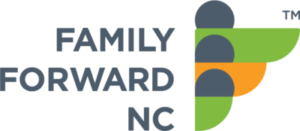An Employee Assistance Program (EAP) helps employees navigate life challenges, adverse events, stress, and other issues that affect mental or emotional well-being. EAPs are typically voluntary and free to employees. In most cases, EAPs are also available to employees’ dependents and families.
Through EAPs, employees can access assessments, counseling, referrals and follow-up services to address issues such as child or elder care disruptions; alcohol or substance abuse; stress or grief; family problems; and financial or legal questions. Many EAPs also help organizations prevent and cope with workplace and partner violence, trauma and other emergency situations.
Benefits to Employers
- Increases productivity
- Results in fewer absences
- Improves engagement
- Creates a safer workplace by lowering the risk of violence and a reducing workplace accidents
- Lowers healthcare costs
- Develops managers’ and employees’ ability to manage workplace stress
- Lowers turnover costs
Benefits to Children
- Improves mental health and lowers stress
- Improves overall health and well-being
- Improves school performance and test scores
- Lowers behavioral challenges
- Lowers violence within families
- Supports children experiencing violence within their family.
Benefits to Parents/Families
- Improves financial stability
- Stabilizes child care
- Reduces absences from work
- Lowers stress and alcohol and substance abuse
- Improves mental health
- Improves overall health and well-being
- Supports employees experiencing violence within their family
Range of Practices in the United States
According to the U.S. Bureau of Labor Statistics, 54 percent of U.S. workers had access to an Employee Assistance Program as of March 2021.
However, that number drops to 35 percent for part-time employees and 33 percent for employees who earn the lowest wages.
Further, people who work for employers with 500 or more employees are much more likely to have access to EAPs (83 percent) than people who work for small businesses with fewer than 100 employees (30 percent).
